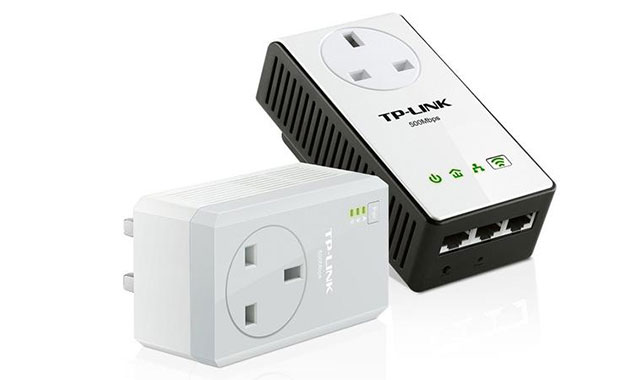There are many ways to connect all the computers in your house. Like WiFi and Ethernet, Powerline networking is one of them. In simple terms, powerline networking is a wired network without any extra wire. Didn’t get it? Well, let me explain it.
The Problem.
Suppose that you have a router in one part of your house and some other device on the other part of your house and there’s no wifi internet available there. In this case, you might want to pass a large ethernet cable throughout your house to connect those devices to your router. You can try to hide that cable but it won’t make it anything less ugly.
The Solution
The solution of this problem is powerline networking. To implement this thing, all to need is a powerline kit which consists of two small ethernet wires and two powerline adapters. That’s it, you’re good to go. To start it, first, you would have to connect one end of the first ethernet cable to your router and its other end to the first powerline adapter. You will then need to plug that powerline adapter into your nearby electric socket.
Now it’s the turn for the second ethernet cable. Simply connect one end of that second cable to second adapter and its other end to that other device, for which you want connection, and plug that adapter too into a nearby electric socket. It’s done. Those two adapters will automatically detect and connect to each other — without any need of drivers, configurations etc.
Why you should use powerline networking
Now you might have thought – after reading my above example – that should you ditch your existing wifi/ethernet network in favor of powerline networking?
My answer is no. But you can — and you should — use it in the combination with your existing network — especially if it’s WiFi. You see, WiFi is convenient. But it’s also less reliable, inconsistent and it’s signal strength plus speed weakens if you go further from the source.
These problems can be solved by combining some powerline networking. First talk about signal strength. As we all know wifi routers have a specific range. If you have a larger house than that range, you can have dead-zones in your houses — the areas where you won’t have any wifi coverage. To cope that problem, use powerline adapters to connect to distant devices in your house — those who can’t be reached through existing wifi network. This way you would have a consistent network.
Powerline networking is also useful to connect those old devices who don’t have built-in WiFi capability. Apart from this, since this network is running through copper wires, it is also more secure than your WiFi network. The last thing is speed. Well, I agree that wireless network these days are getting faster and faster. But no matter what, they can’t be as fast as the wired networks. Since powerline networking relies on wires, it has a faster speed.
One thing I should mention that as great as a thing it is, it has a minor drawback. Since it relies on your existing electric wiring, if you have some wiring issue you can have problems like slower speed or connection loss.





